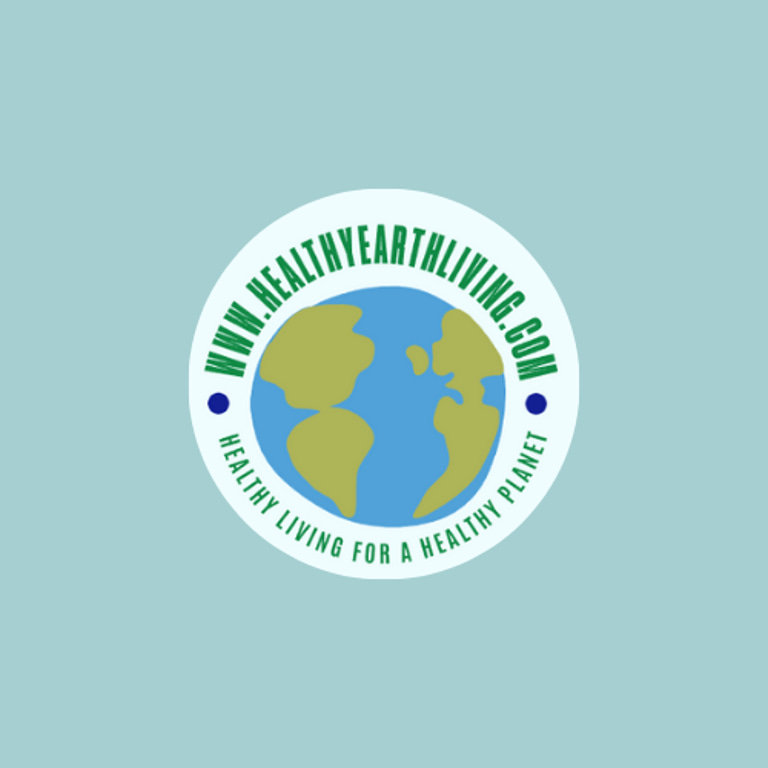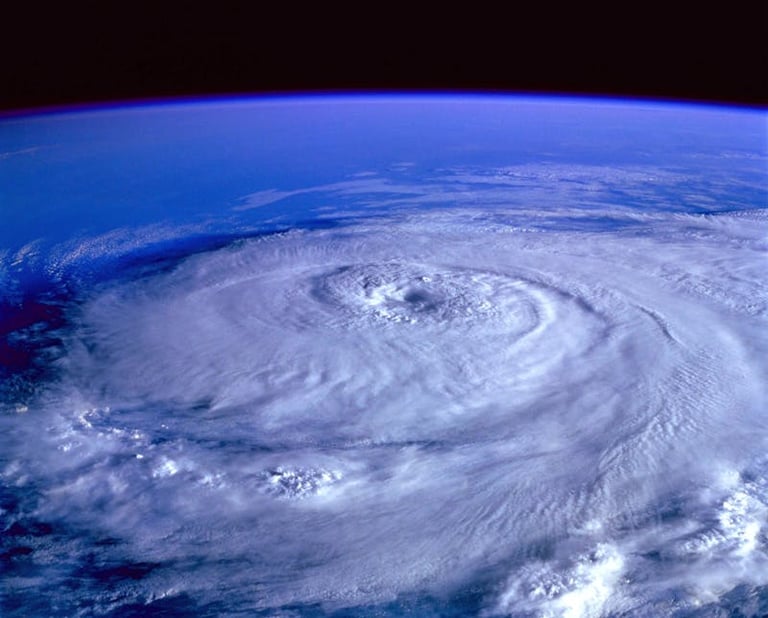Rising Tides and Fiercer Storms: How Climate Change is Supercharging Hurricanes
Janelle Salo RN
10/3/20248 min read
The Science Behind Hurricanes and Climate Change
How Hurricanes Form
Hurricanes form over warm ocean waters when the sea surface temperature reaches at least 80°F (27°C). (1) As warm, moist air rises from the ocean, it creates a low-pressure system that draws in more air, causing it to spiral due to the Earth's rotation. This process fuels the storm, allowing it to gain strength and develop into a powerful hurricane.
The Role of Climate Change
Climate change plays a significant role in intensifying hurricanes by increasing sea surface temperatures, which provide more energy for storms to grow stronger. (2) Warmer oceans contribute to higher evaporation rates, leading to heavier rainfall and more intense storm surges. Additionally, rising sea levels amplify the impact of hurricanes, resulting in more severe flooding and coastal damage.
Increased Hurricane Intensity and Frequency
Evidence of Stronger Storms
In recent decades, there has been a noticeable increase in the number of Category 4 and 5 hurricanes, indicating that storms are becoming more intense. NASA models show that warmer sea surface temperatures and higher atmospheric moisture levels are fueling these stronger storms. (3) As a result, hurricanes are now producing more powerful winds, heavier rainfall, and greater destruction than in the past.
The Link Between Warmer Oceans and Hurricane Strength
Warmer ocean temperatures provide additional heat and moisture, which act as fuel for hurricanes, allowing them to gain strength more quickly. (4) As the water temperature rises, more energy is transferred to the storm, resulting in stronger winds and heavier rainfall. This connection between warmer oceans and hurricane intensity is a key reason why hurricanes have become more powerful and destructive in recent years.
The Impact of Hurricanes on Coastal Communities
Rising Sea Levels and Storm Surges
Rising sea levels, driven by climate change, have intensified the impact of storm surges on coastal communities, leading to more severe flooding and erosion during hurricanes. (5) As water levels rise, even smaller storms can cause significant damage, submerging homes, roads, and infrastructure. This heightened risk leaves coastal regions increasingly vulnerable to destruction and makes recovery more challenging after each storm.
Economic and Human Costs
According to NOAA, the economic and human costs of hurricanes have skyrocketed as storms become more intense, often causing billions of dollars in damage to homes, businesses, and infrastructure. (6) Many communities face long-term financial hardship, with industries like tourism, agriculture, and fishing suffering severe losses. Beyond the financial toll, hurricanes displace thousands of people, disrupt livelihoods, and can lead to loss of life, leaving lasting emotional and psychological scars.
Too Close to Home: Case Studies of Recent Devastating Hurricanes
Hurricane Helene 2024
Hurricane Helene made landfall in September 2024, affecting states like Florida, Georgia, North Carolina, and Tennessee, exemplifying the growing influence of climate change on hurricane formation and intensity. (7) Warmer ocean temperatures significantly fueled its development. The storm rapidly intensified, driven by elevated sea surface temperatures and increased atmospheric moisture, leading to unprecedented wind speeds and rainfall. This event underscored how climate change alters the frequency of hurricanes and their destructive potential, posing a more significant threat to vulnerable coastal communities.
To better understand the devastating effects of Hurricane Helene, I spoke to Deborah Brunozzi, a resident of the coastal town of Palm Harbor, Florida. She and her husband, Joe, have lived in Florida since the 1990s. I asked her how she would advise others who may experience a similar hurricane in the future.
“Take it seriously and be prepared. I know the news can sensationalize things, but these storms can be really destructive. Having the proper insurance is paramount.” she said. “I'm constantly hearing people say that they don't need flood insurance if they're not in a flood zone. The climate has changed. I know certain people don't want to talk about climate change, but it's real.” she said. “I've lived in Florida most of my life, and the storms are so much bigger and stronger than they ever were before. The reality is that all of Florida is now a flood zone and everyone should be carrying a flood policy on their home. “
I also asked Deborah how the hurricane affected her home and her community:
“The wind was really intense at times, but the most stressful thing was watching the water rise up. The storm's peak was during hide tide and that combination can be devastating,” she said. “We are so blessed that our home did not take on any water. All the houses on our side of the street were spared. The rest of the neighborhood was not so lucky.” she said. “Most of the houses flooded. It's almost apocalyptic when you drive down the road and see everyone's belongings out on the side of the road.”
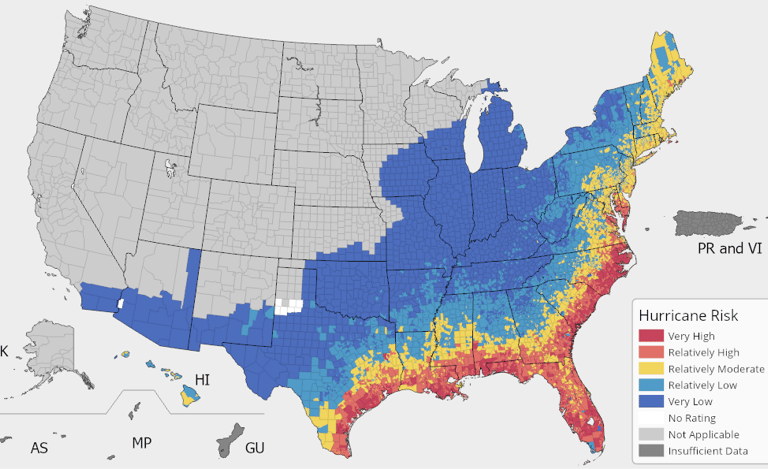

Hurricane Ian 2022
Hurricane Ian made landfall in September 2022 as a Category 4 storm, wreaking havoc across Florida and parts of the Southeastern United States with devastating winds and catastrophic flooding. (8) The storm's rapid intensification was fueled by warm ocean waters, showcasing the impact of climate change on hurricane behavior. Ian resulted in significant loss of life, widespread property damage, and a long recovery process for affected communities, highlighting the urgent need for climate resilience and preparedness measures.
Hurricane Maria 2017
Hurricane Maria struck Puerto Rico in September 2017 as a powerful Category 4 storm, leaving behind a trail of destruction and a humanitarian crisis. (9) The storm's fierce winds and heavy rainfall caused catastrophic damage to infrastructure, resulting in a prolonged power outage that lasted for months in many areas. Maria underscored the vulnerabilities of island communities to climate change, as rising sea temperatures and increased storm intensity heightened the impacts of this devastating hurricane.
Hurricane Sandy 2012
Hurricane Sandy, which struck in October 2012, was one of the most devastating storms to hit the East Coast of the United States, causing widespread destruction from Florida to New England. (10) Known as "Superstorm Sandy," it brought record-breaking storm surges and heavy rainfall, leading to severe flooding and power outages affecting millions.
I was living in Baltimore at the time, and although we didn’t receive the devastating flooding that my family had in the New York borough of Staten Island, we lost power for two days due to high winds. The storm highlighted the urgent need for climate adaptation strategies, as its intensity and impacts were exacerbated by rising sea levels and warmer ocean temperatures linked to climate change.
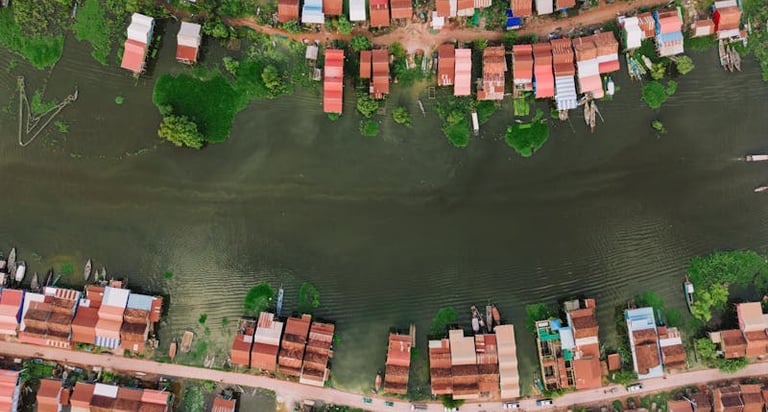

Future Predictions for Hurricanes and Climate Change
Projected Changes in Hurricane Patterns
According to NOAA, projected changes in hurricane patterns indicate an increase in both the frequency and intensity of storms due to climate change, with scientists predicting that warmer ocean temperatures will continue to fuel more powerful hurricanes. (11) Models suggest that regions previously considered less vulnerable may experience more frequent hurricane activity, leading to greater risks for communities that are unprepared. These changes underscore the urgent need for enhanced forecasting and improved infrastructure to protect against the escalating threats posed by these storms.
Vulnerable Regions
Vulnerable regions, particularly low-lying coastal areas and islands, face heightened risks from increasingly intense hurricanes as climate change exacerbates their exposure to severe storms. According to FEMA, areas such as the Gulf Coast, the Caribbean, and parts of the Southeast United States are particularly susceptible due to their geography, population density, and inadequate infrastructure to withstand storm impacts. (12) As sea levels rise and weather patterns shift, these regions may experience more frequent and devastating hurricane events, putting lives, economies, and ecosystems at greater risk.
Mitigating the Impact of Climate Change on Hurricanes
Reducing Carbon Emissions
Reducing carbon emissions is critical in alleviating the impacts of climate change, which significantly contributes to the intensification of hurricanes and other extreme weather events. According to NASA, transitioning to renewable energy sources, enhancing energy efficiency, and promoting sustainable transportation can all play a vital role in decreasing greenhouse gas emissions by 2030. (13) By committing to lower emissions, we can help stabilize global temperatures and reduce the severity and frequency of devastating hurricanes, ultimately protecting vulnerable communities and ecosystems.
Improving Infrastructure and Disaster Preparedness
Improving infrastructure and disaster preparedness is essential for diminishing the impacts of increasingly intense hurricanes, particularly in vulnerable coastal regions. This includes reinforcing buildings and roads, investing in resilient drainage systems, and developing early warning systems to ensure timely evacuations. By prioritizing comprehensive disaster preparedness plans and resilient infrastructure, communities can significantly reduce the economic and human costs associated with hurricanes and enhance their ability to recover from future storms. Here is a helpful checklist from NOAA to assist you in preparing for a hurricane.
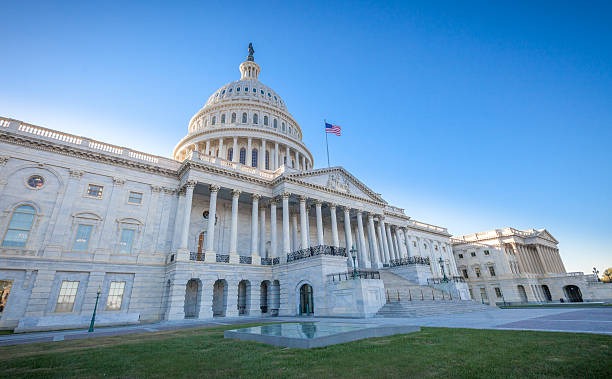

Bottom Line
How is climate change intensifying hurricanes, and what does that mean for our future?
Climate change is intensifying hurricanes by increasing ocean temperatures and atmospheric moisture, which provide the energy needed for stronger storms to form and rapidly intensify. As a result, we can expect more frequent and severe hurricanes in the future, leading to heightened risks of catastrophic flooding, property damage, and loss of life in coastal communities. This trend underscores the urgent need for proactive climate policies and resilient infrastructure to protect against the devastating impacts of these increasingly powerful storms.
Advocate for climate change policies and support efforts to reduce carbon emissions.
In the United States, advocating for climate change policies and supporting efforts to reduce carbon emissions is pivotal for combating the escalating impacts of climate change, including the intensification of hurricanes. By urging governments to adopt renewable energy initiatives, improve energy efficiency, and implement carbon pricing, individuals can help create a more sustainable future. Collective action in support of these policies not only protects vulnerable communities from the devastating effects of severe weather but also promotes a healthier planet for generations to come.
I asked Deborah what policymakers or government officials could do to help communities better prepare for and recover from hurricanes like Helene.
“They need to make homeowners and flood insurance more affordable,” she said. “People are being forced to leave Florida because their mortgage payments have skyrocketed due to the rising cost of insurance. It's becoming impossible to stay.”
If you live in a hurricane or flood-prone area, take action by writing to your state representatives and senators!
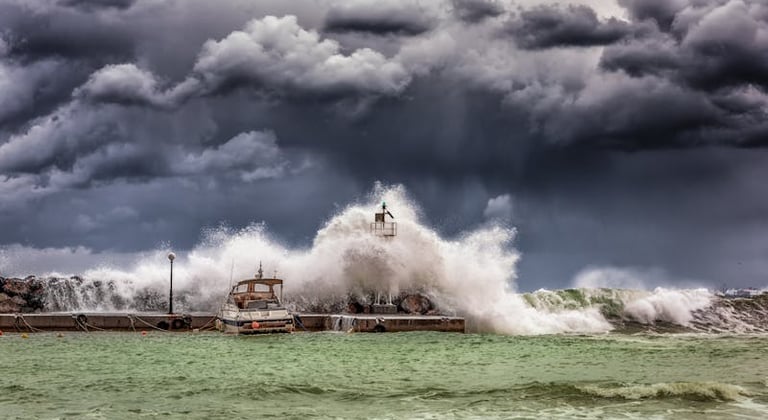

FAQs
How does climate change increase hurricane risk?
Climate change increases hurricane risk by raising ocean temperatures, which provide more energy for storms, leading to more intense hurricanes. It also contributes to higher atmospheric moisture, resulting in heavier rainfall and severe flooding. Additionally, rising sea levels exacerbate storm surges, causing greater coastal flooding during hurricanes, while altered weather patterns can change hurricane paths and increase their frequency, posing a greater threat to vulnerable regions.
Are hurricanes becoming more frequent due to climate change?
While the overall frequency of hurricanes is not significantly increasing, climate change is contributing to a rise in the intensity of storms, particularly in higher categories (Category 4 and 5). Additionally, certain regions are experiencing more frequent landfalls and stronger storms as a result of warmer ocean temperatures and changing atmospheric conditions. This means that while the number of hurricanes may not be rising dramatically, the storms that do occur are more likely to be severe and damaging.
What can be done to reduce hurricane damage from climate change?
To reduce hurricane damage from climate change, communities can invest in resilient infrastructure, such as stronger buildings and improved drainage systems, to withstand severe weather events. Implementing effective disaster preparedness and response plans, including early warning systems and evacuation protocols, is also essential. Additionally, reducing carbon emissions through renewable energy initiatives, enhancing energy efficiency, and promoting sustainable practices can help reduce climate change and its impacts on hurricane intensity and frequency.
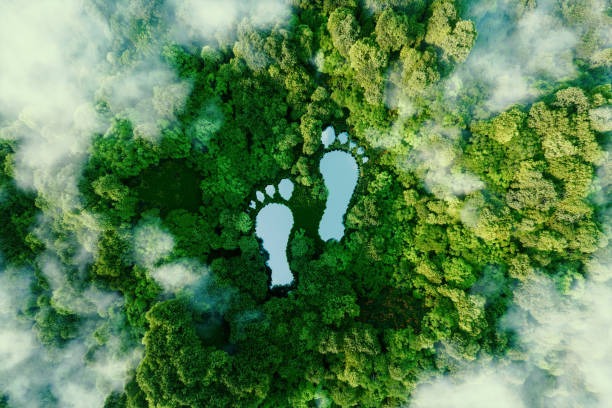

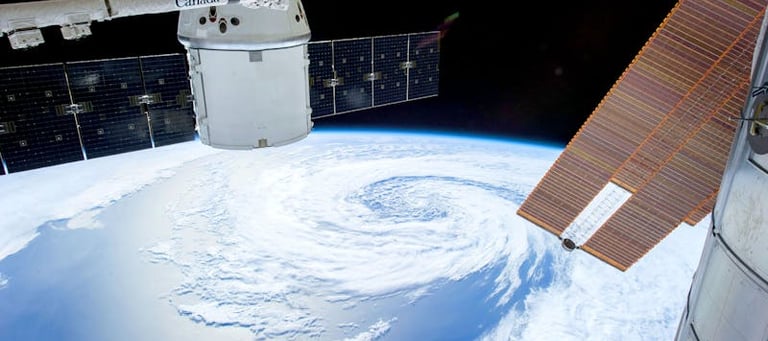

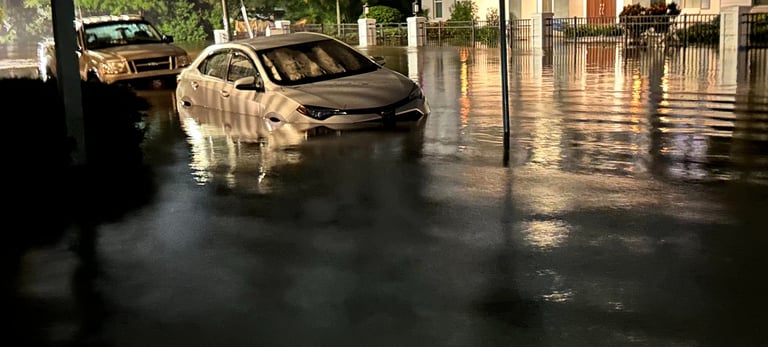

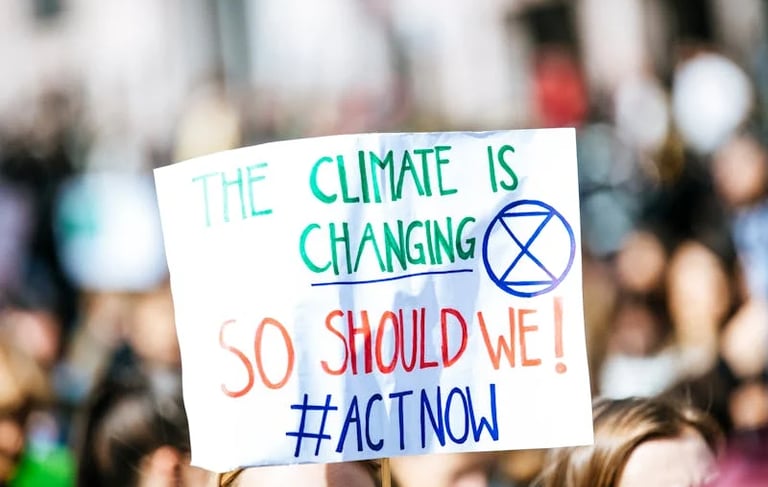

© 2025 Salo Content Writing LLC, all rights reserved
Join the Movement for a Healthier Planet! 🌿
Subscribe now and get your FREE Sustainable Living Checklist! Plus, enjoy weekly articles and delicious plant-based recipes straight to your inbox. Let’s make sustainable living simple and inspiring, one email at a time! 💚✨
